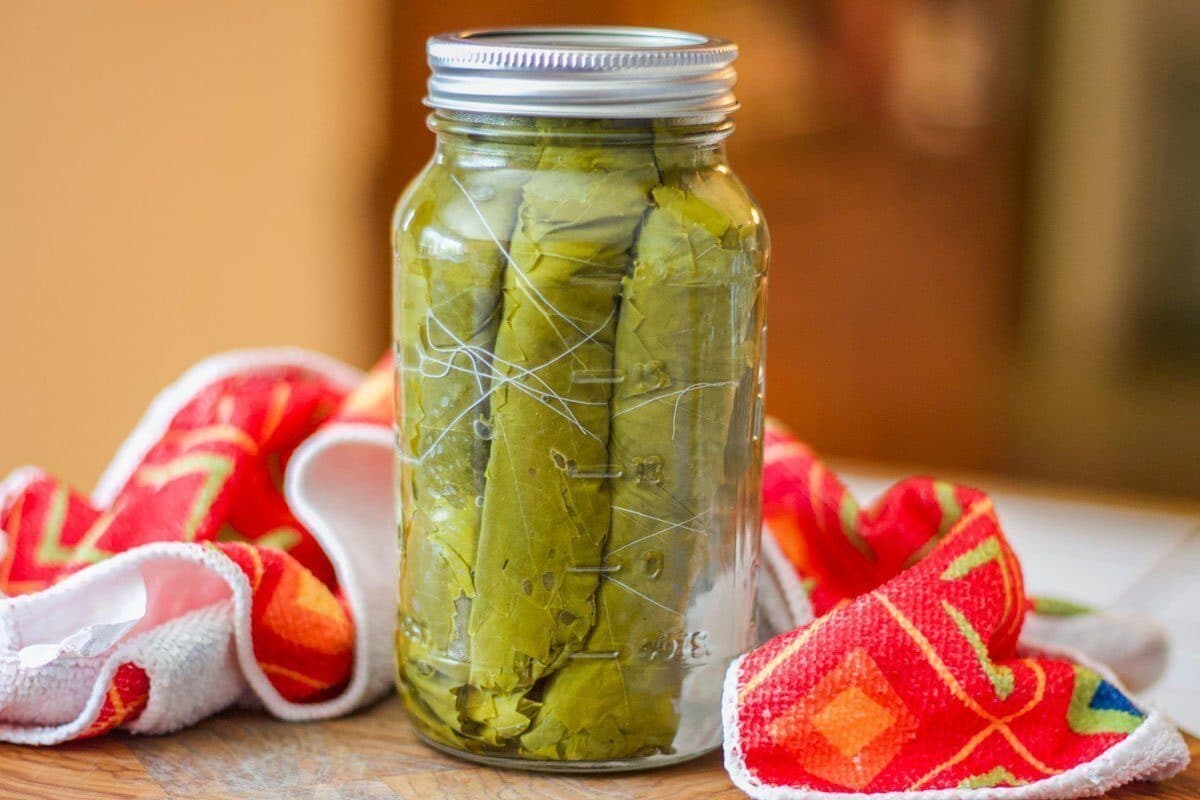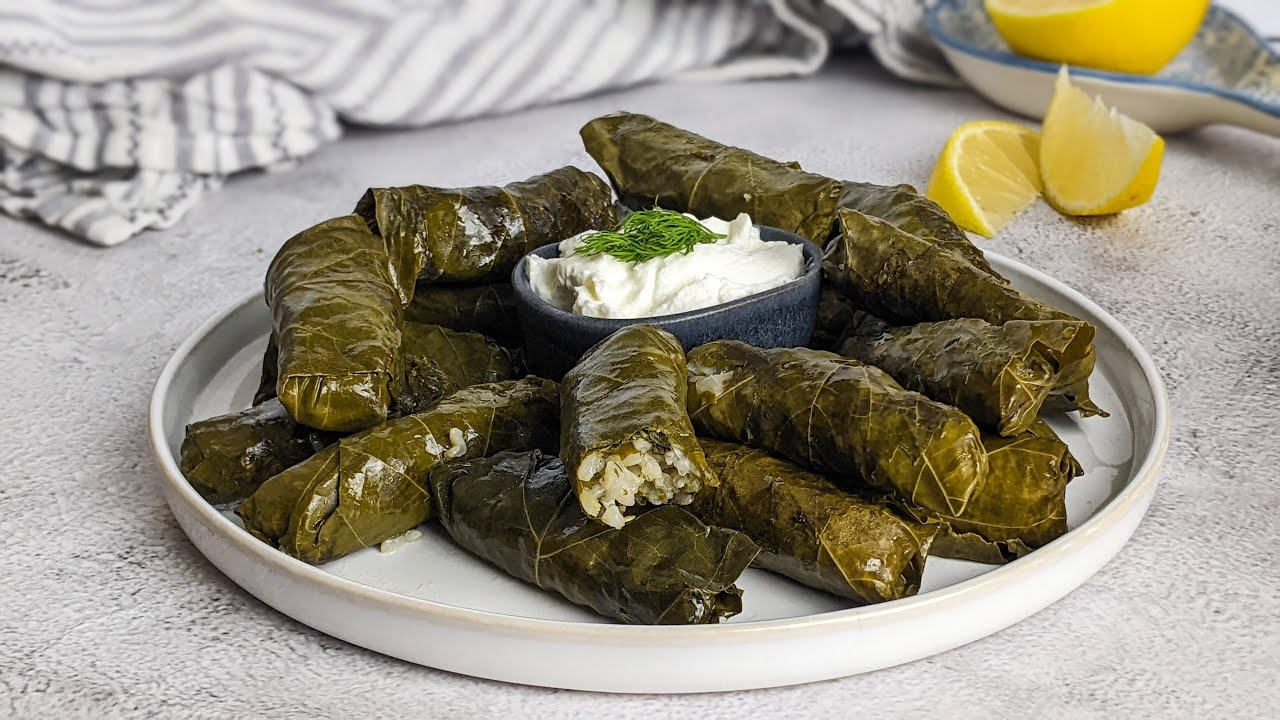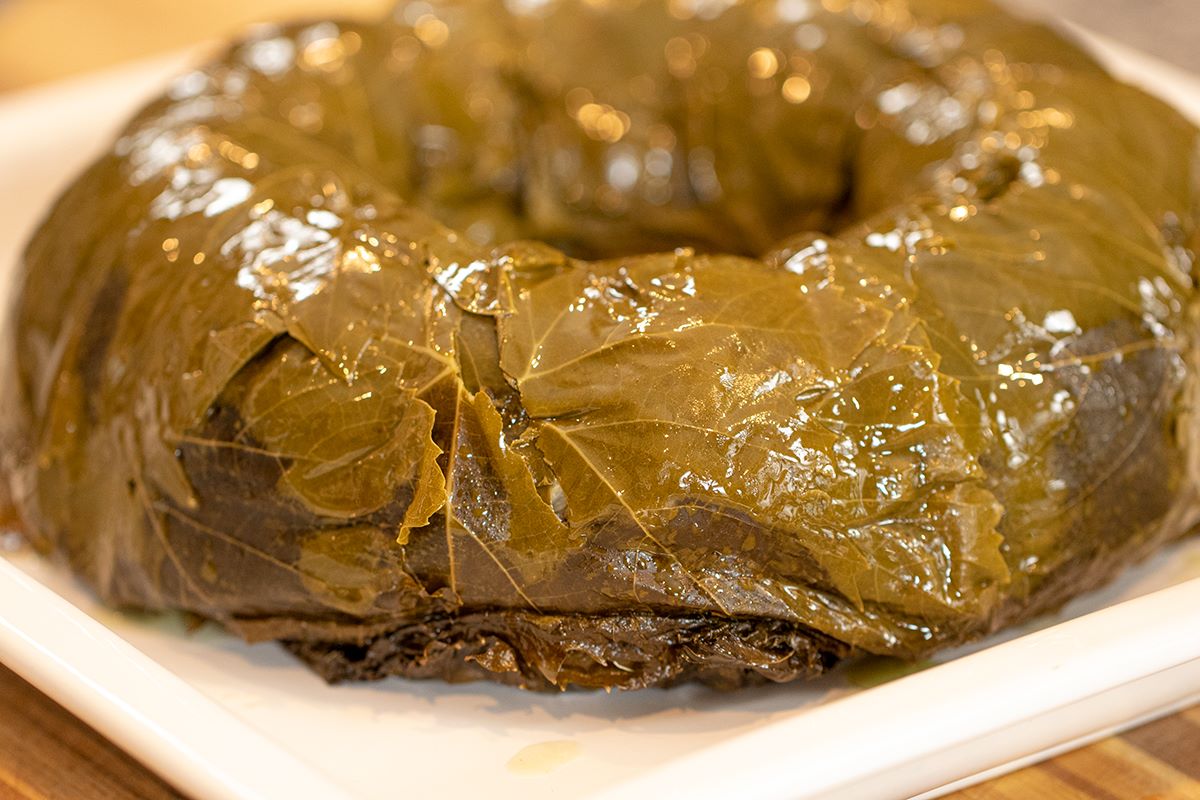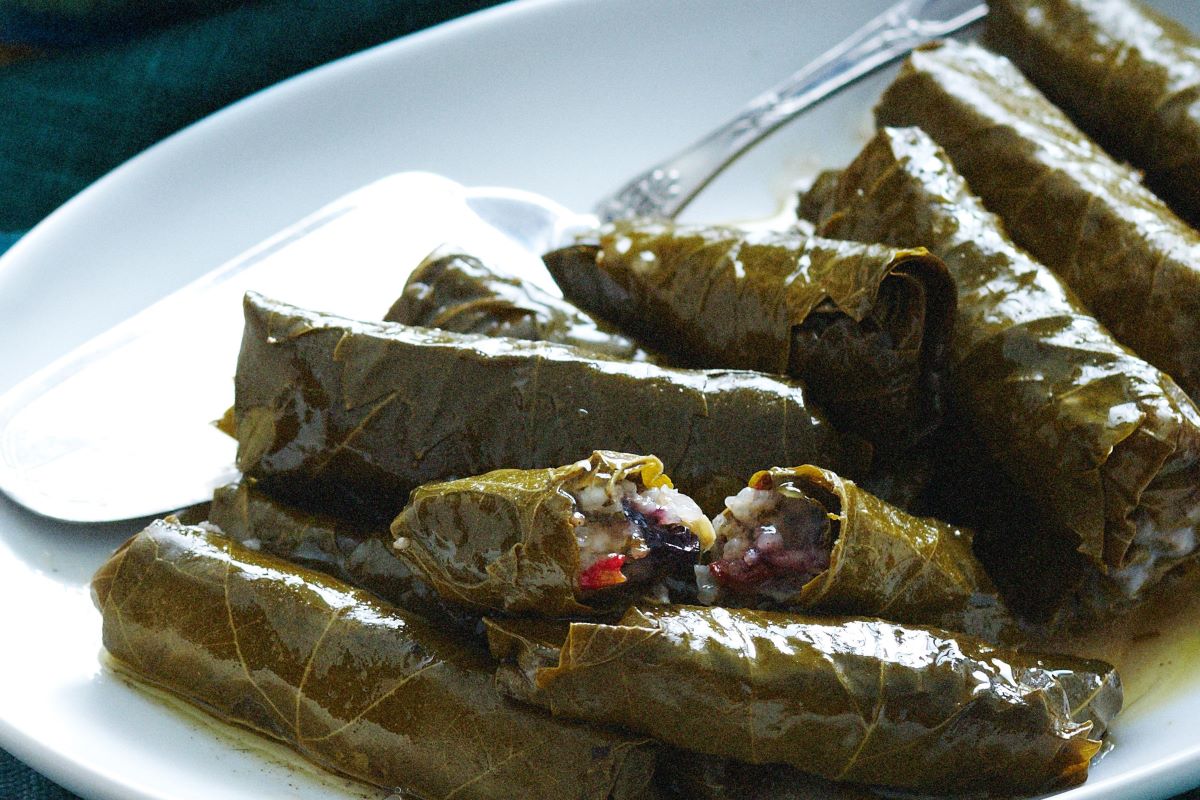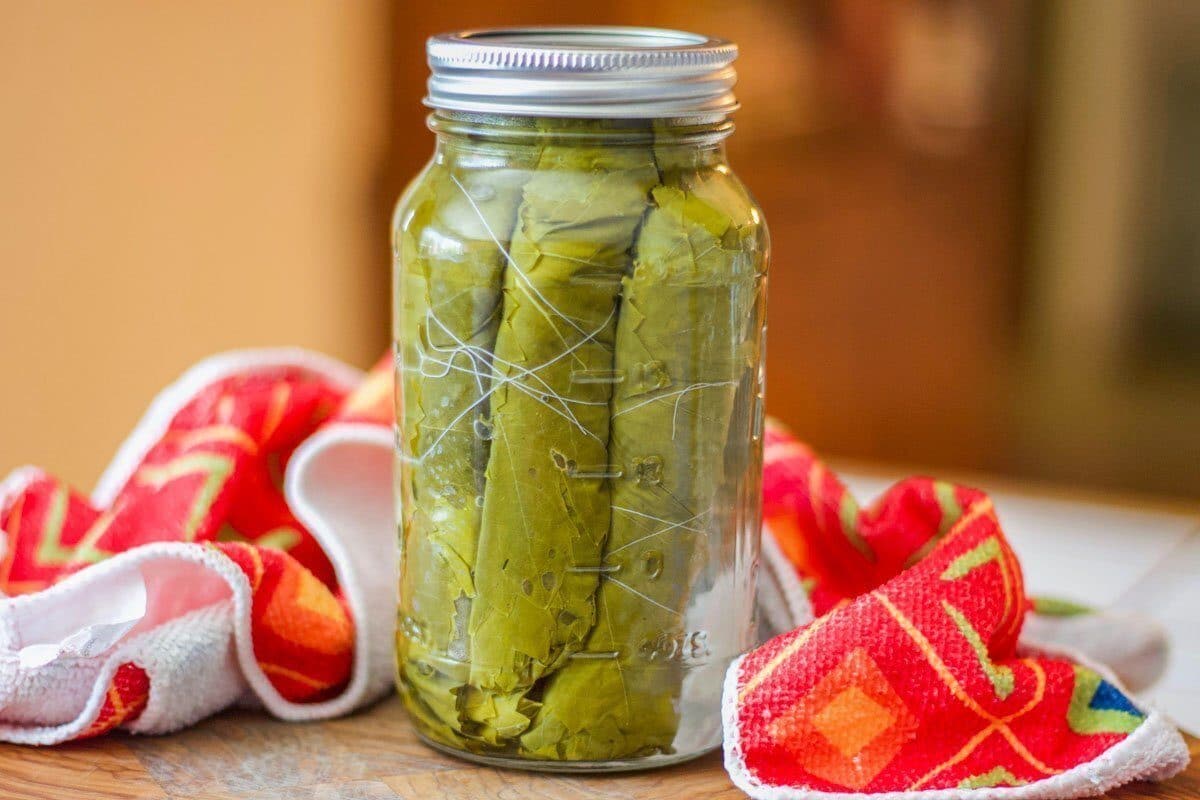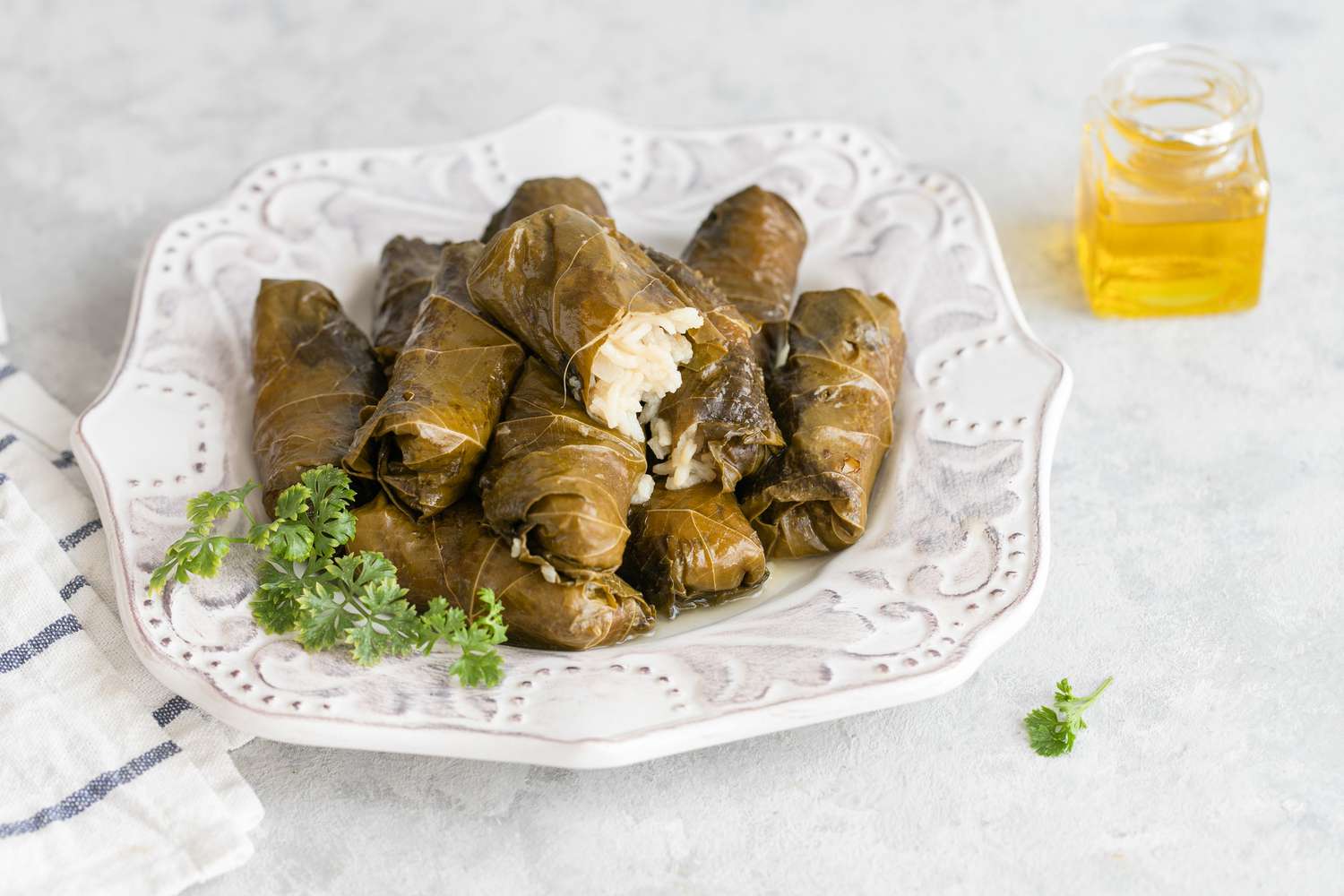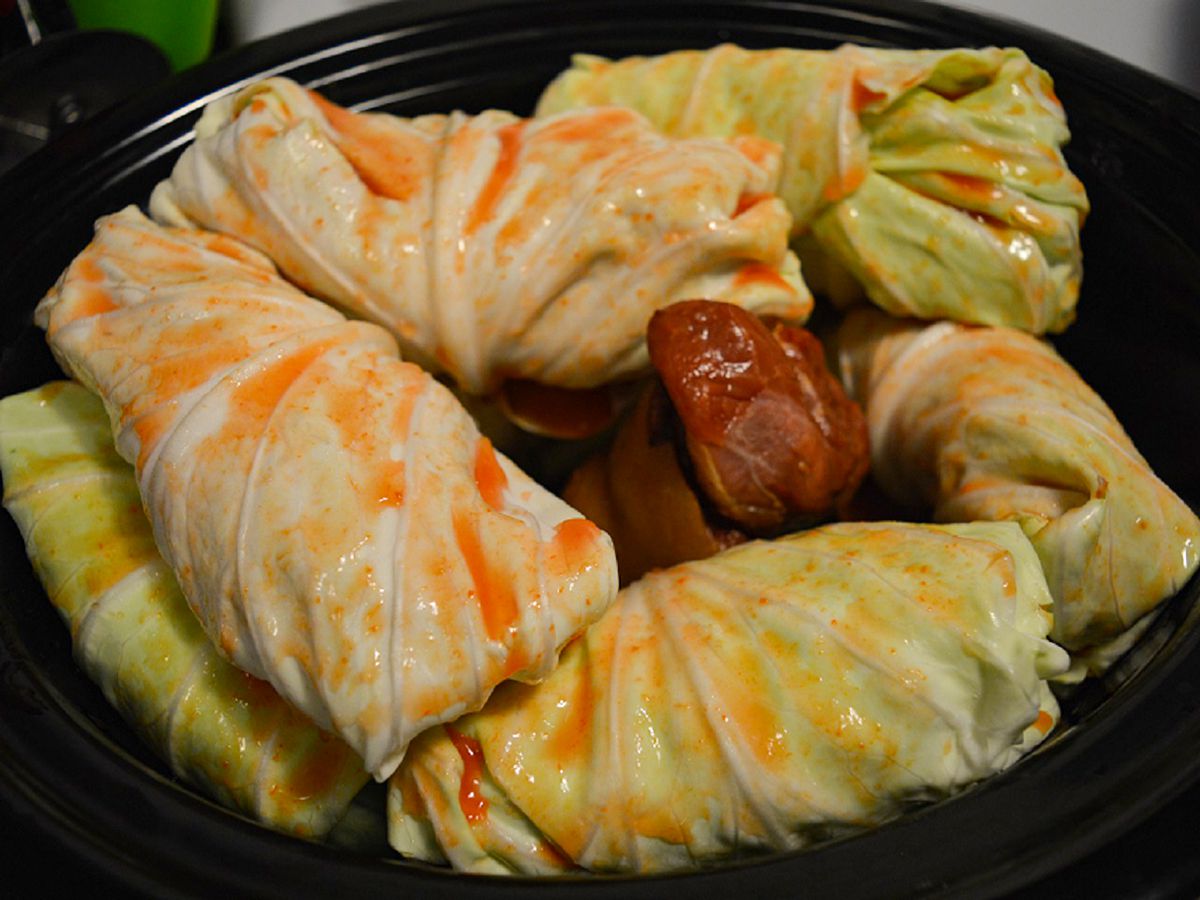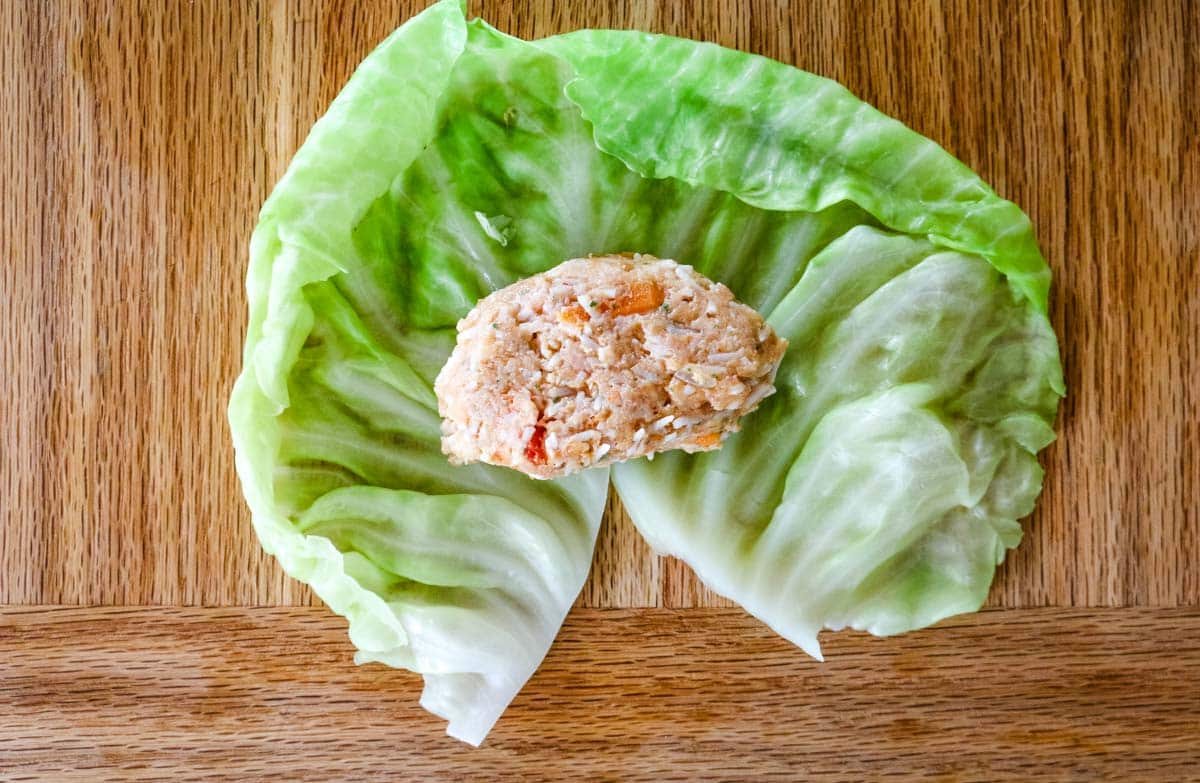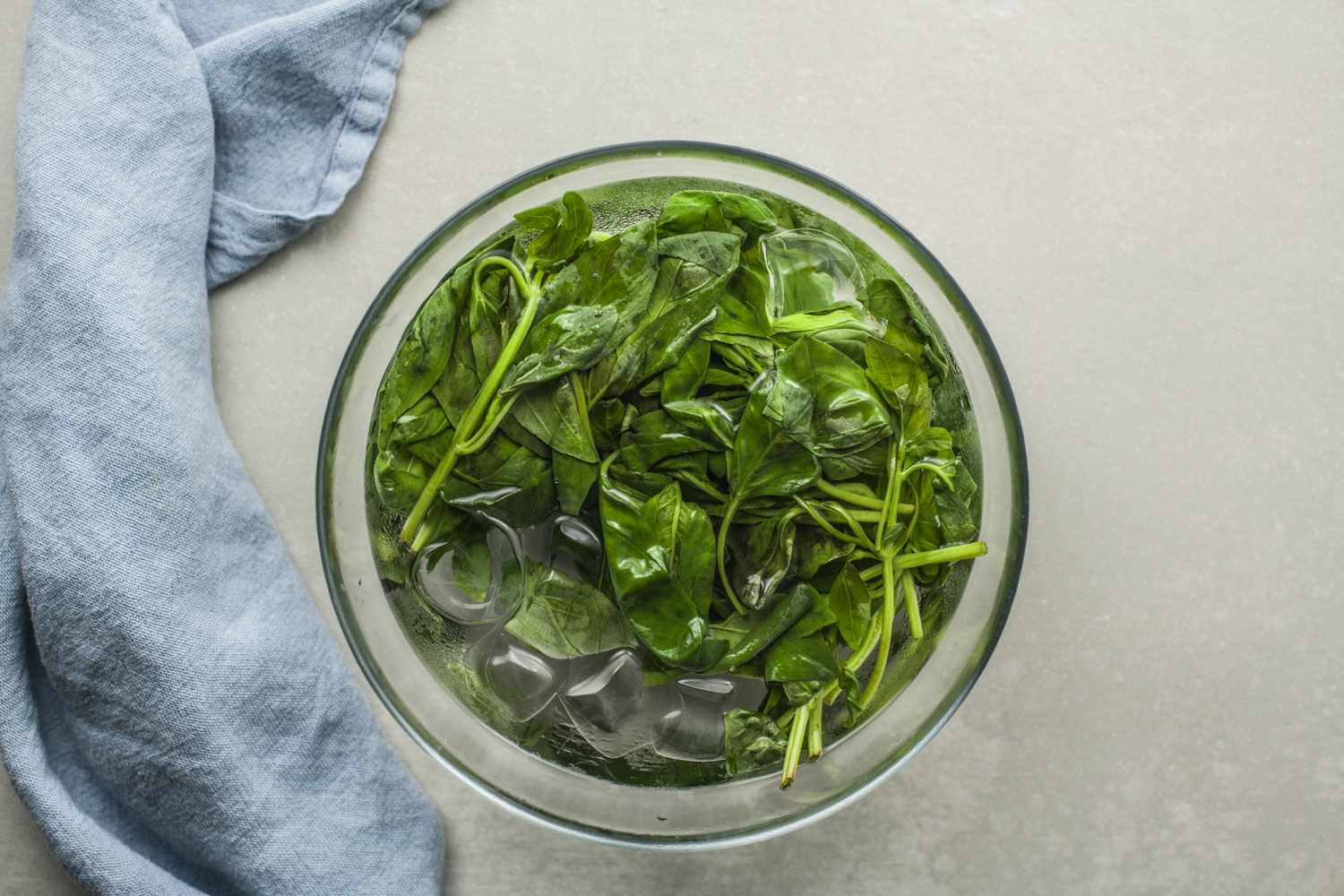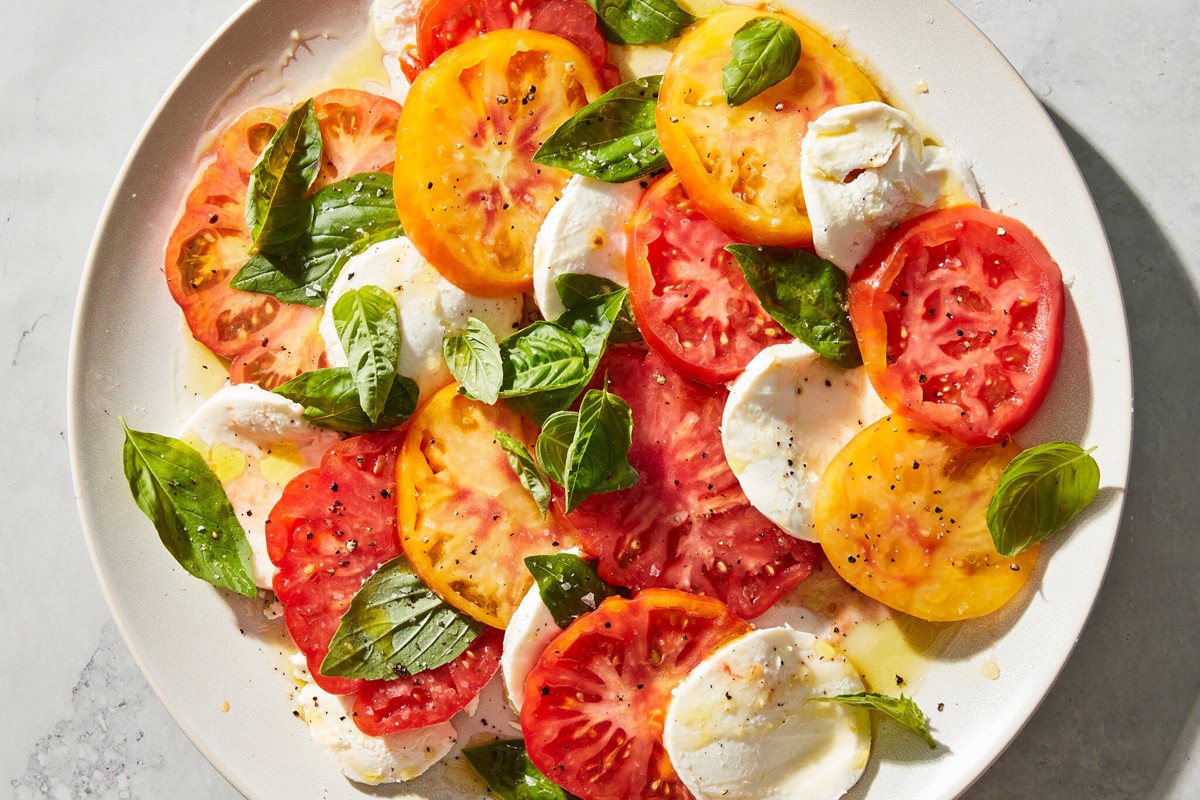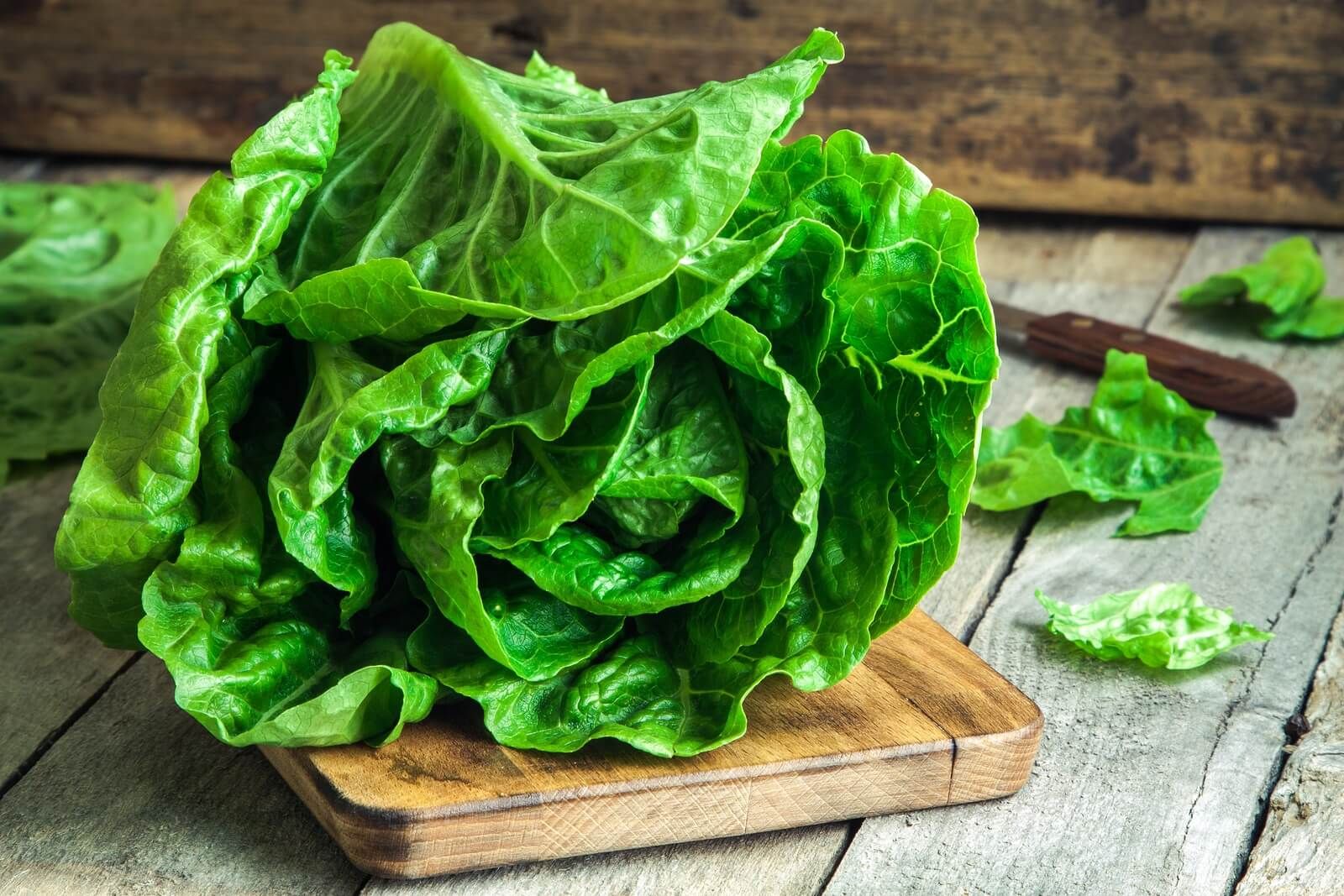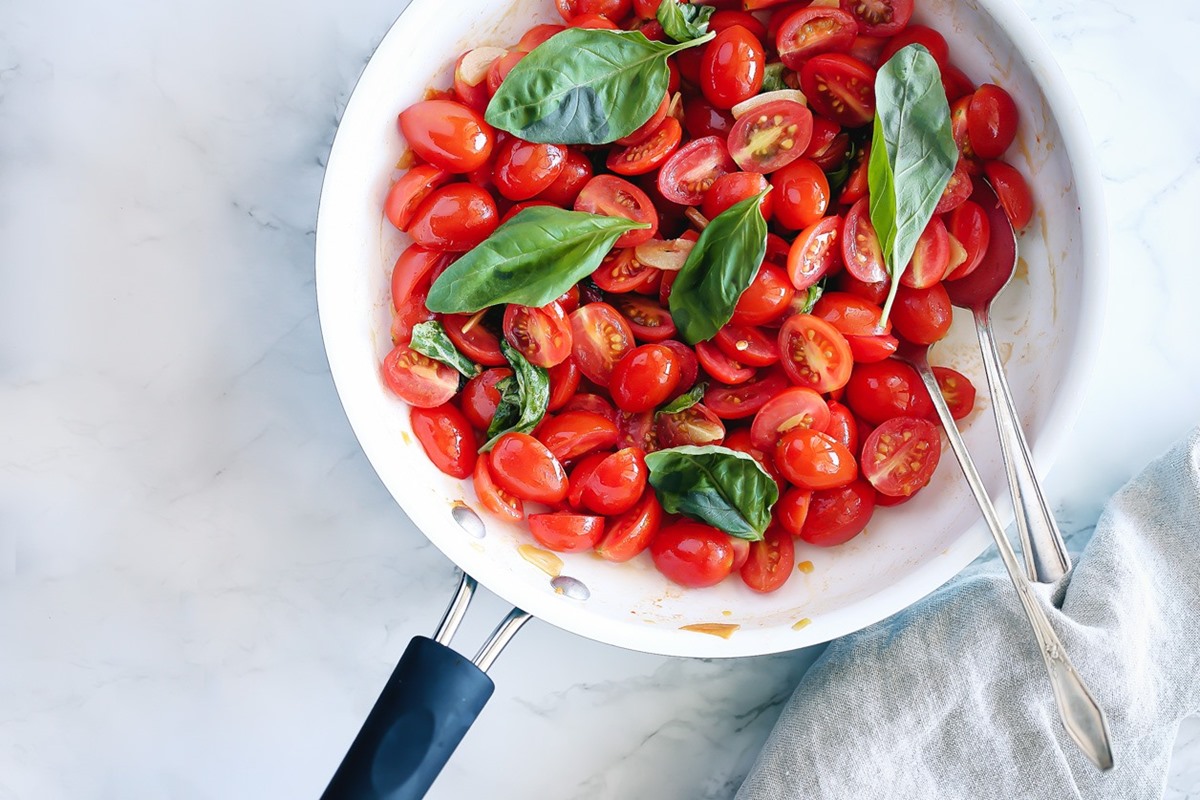Blanching Grape Leaves: A Step-by-Step Guide
Are you looking to prepare delicious dolmas or stuffed grape leaves? Blanching grape leaves is an essential step in the process. Blanching helps to soften the leaves, making them pliable and easy to work with. Whether you’re a seasoned chef or a beginner in the kitchen, blanching grape leaves is a simple technique that can elevate your culinary creations. In this guide, we’ll walk you through the step-by-step process of blanching grape leaves to perfection.
What You’ll Need:
Before you begin blanching grape leaves, gather the following supplies:
- Fresh grape leaves
- Large pot
- Water
- Ice water bath
- Colander
Step 1: Prepare the Grape Leaves
Start by carefully selecting fresh grape leaves. Look for leaves that are vibrant green and free from tears or blemishes. Rinse the leaves under cold water to remove any dirt or debris.
Step 2: Boil Water
Fill a large pot with water and bring it to a rolling boil. You’ll need enough water to fully submerge the grape leaves.
Step 3: Blanch the Grape Leaves
Once the water is boiling, carefully place the grape leaves into the pot. Let the leaves blanch for approximately 1-2 minutes, or until they become tender and pliable. Be cautious not to overcook the leaves, as they may become too soft and difficult to work with.
Step 4: Shock the Leaves
Using a pair of tongs, quickly transfer the blanched grape leaves to an ice water bath. This will stop the cooking process and help the leaves retain their vibrant green color.
Step 5: Drain and Pat Dry
Once the grape leaves have cooled in the ice water bath, remove them and place them in a colander to drain. Gently pat the leaves dry with a clean kitchen towel to remove any excess water.
Step 6: Ready to Use
Your blanched grape leaves are now ready to be used in your favorite recipes. Whether you’re making traditional dolmas or experimenting with your own creative fillings, blanched grape leaves add a delightful flavor and texture to any dish.
Now that you’ve mastered the art of blanching grape leaves, you can confidently incorporate this technique into your cooking repertoire. With just a few simple steps, you can elevate your culinary creations and impress your family and friends with delicious stuffed grape leaves.
So go ahead, pick up some fresh grape leaves and give blanching a try. You’ll be amazed at how this simple process can make a world of difference in your dishes. Happy cooking!
Was this page helpful?
Slot Online
Situs Bandar Slot Online Terbaik dan Terpercaya
